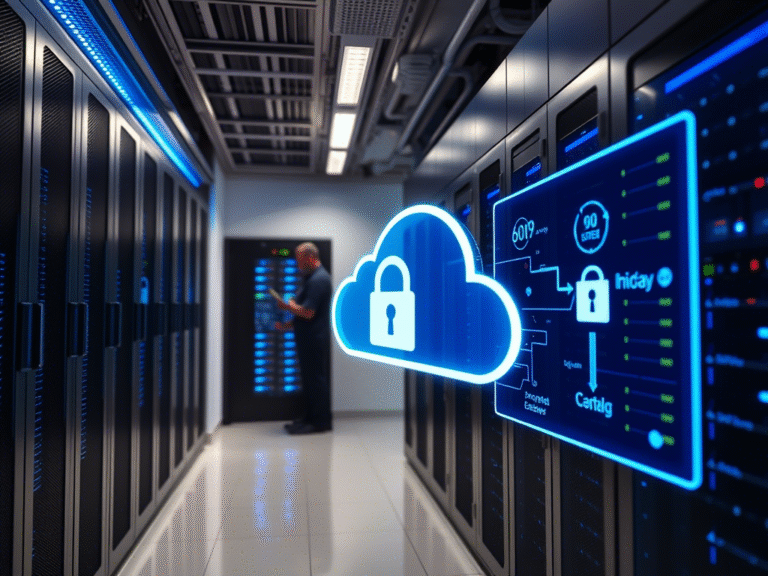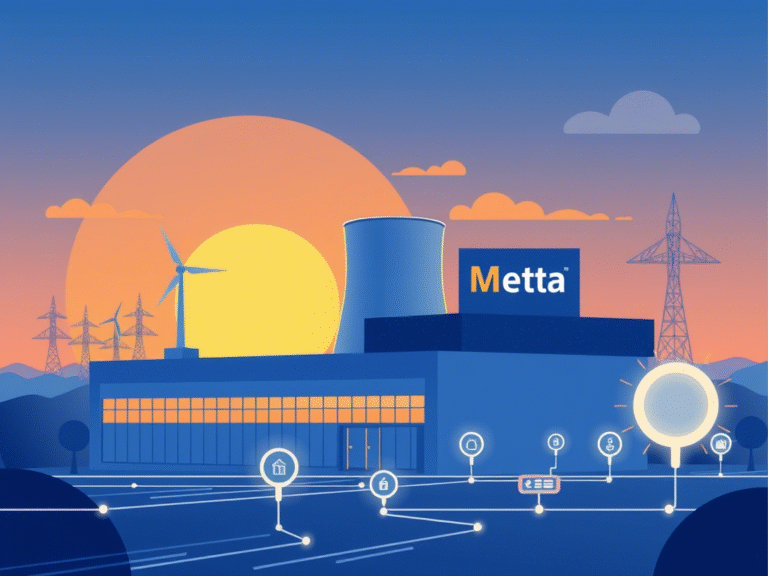Why Access Management Is a Cornerstone of Modern Cybersecurity

Why Access Management Is a Cornerstone of Modern Cybersecurity
In today’s digital landscape, cybersecurity is no longer optional — it’s essential. With cyberattacks growing in frequency and sophistication, businesses and individuals face serious risks. From cloud services to everyday apps, threats can come from anywhere.
The average employee now uses around 36 cloud applications daily, increasing the risk of unauthorized access. And with login credentials selling for high prices on the dark web — up to $140,000 for an admin account — protecting access points has never been more critical.
A single compromised account can lead to data leaks, financial loss, and reputational damage. That’s why effective Identity and Access Management (IAM) is a cornerstone of any strong cybersecurity strategy.
Let’s explore six key reasons why IAM has become vital for securing sensitive data and systems.
1. Reducing Insider Threats
Not all threats come from outside hackers. Insiders — whether intentionally or accidentally — can cause major security incidents. IAM helps by setting precise access controls, ensuring users only have access to what they need.
It also gives organizations full visibility into user activity, making it easier to spot and stop suspicious behavior before it escalates.
2. Strengthening Data Security
Data breaches can be devastating — leading to legal penalties, customer loss, and even business shutdowns. IAM plays a big role in preventing unauthorized access.
With tools like multi-factor authentication (MFA), encryption, and strict user verification, IAM ensures that sensitive data stays protected across its lifecycle
3. Meeting Compliance Requirements
Regulations like GDPR, HIPAA, and others require strict control over who accesses what data. IAM solutions support compliance by offering audit trails, role-based access control (RBAC), and least privilege enforcement.
They also simplify regular access reviews — making audits far less stressful.
4. Automating User Access Lifecycle
Manually managing user accounts is slow, error-prone, and risky. IAM automates provisioning and deprovisioning, ensuring new employees get the right access quickly — and former employees lose access immediately.
This avoids situations like the Colonial Pipeline breach, which stemmed from an old, forgotten account.
5. Supporting Secure Remote Work
With remote work and cloud adoption on the rise, secure access from anywhere is a must. IAM makes this possible through features like:
- Single sign-on (SSO)
- Virtual private networks (VPNs)
- Multi-factor authentication (MFA)
These ensure that off-site users remain secure without sacrificing productivity.
6. Boosting Operational Efficiency
Beyond security, IAM improves efficiency. HR and IT teams spend less time managing permissions manually, thanks to automated role-based access. Employees start work faster, and offboarding becomes safer and smoother.
Final Thoughts
Access management is no longer just a technical detail — it’s a strategic necessity. From protecting data and meeting regulations to enabling secure remote work, IAM strengthens your defenses at every level.
Ready to build a stronger access control system? Let’s talk. Contact us today to discuss how we can help you implement a smart, scalable IAM solution.





